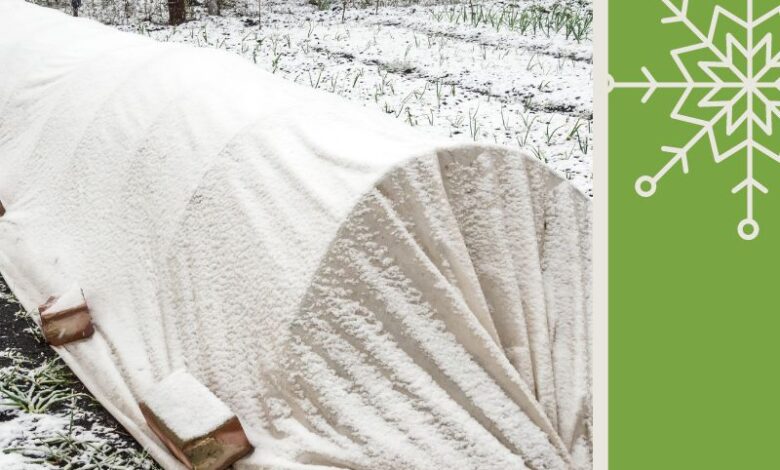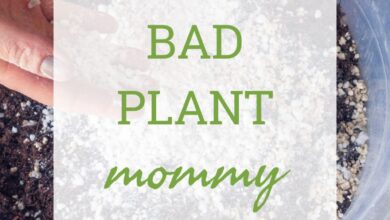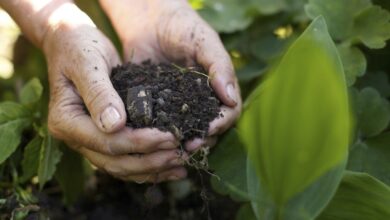Passive Gardening Through Winter

[ad_1]
When I first began my growing journey, I was determined to create the best garden possible. Though my small backyard limited the number of plants I was able to grow, it was filled with both flowers and vegetables each summer. It wouldn’t be until much later in my gardening career that I would come to realize how much space had gone wasted during the cooler months of the year.
Gardening in Kentucky
As a gardener in Kentucky, I quickly became accustomed to the rapid change of seasons. Dependably hot, summer was a time to plant heat loving crops like tomatoes, peppers, and squash. When cooler temperatures had finally arrived in the fall, I was relieved to have finally found time to rest. Beyond the removal of dead plant matter and bed preparation for the next summer season, chores were minimal. I had never imagined that I would one day come to view fall as yet another exciting time to plan and plant a seasonal garden.
Hardy Annuals
Soon after I began to grow flowers, I would learn that continuing to tend the garden into fall and winter would open my growing space to a whole new set of plants – hardy annuals. Hardy annual flowers are those able to withstand exposure to periods of cold. Though cold hardiness can vary depending upon the species, many can survive frosts and even freezing winter temperatures. As a cut flower grower, I began to experiment with cold hardiness by planting these annuals in the fall. After sowing, the seeds would germinate quickly and overwinter in the beds as small seedlings. The arrival of spring the following season then marked a time of renewed growth, when the plants would burst into life and bloom very early.
The process did, however, require quite a bit of trial and error. While some hardy annual seedlings were able to remain in my zone 6 garden without any damage, others needed protection from the cold in order to survive. Among the most helpful techniques employed in my garden was the use of frost blankets and low tunnels. As both tools are used by growers as a means of season extension, they are invaluable in their ability to protect plants from bitter cold, wind, and/or snow. Frost blankets and low tunnels are also quite versatile, allowing for quick and easy removal, depending upon predicted changes in the weather.
Gardening in Winter
Though there is quite a bit of a learning curve, gardening through winter can be a fun and rewarding task. On cold days, time spent in a warm, unheated hoop house can be a very welcome change of pace, especially when surrounded by lush green growth. During winter, plant growth slows and may even cease completely. This is also true for many common garden weeds, which will not need to be pulled until spring. Chores, like fertilization and irrigation, also come to a halt during winter. As the weather warms, each of these tasks will resume. In my own yard, I usually begin routine maintenance in the garden as soon as the soil can be worked in spring.
[ad_2]
Source link






